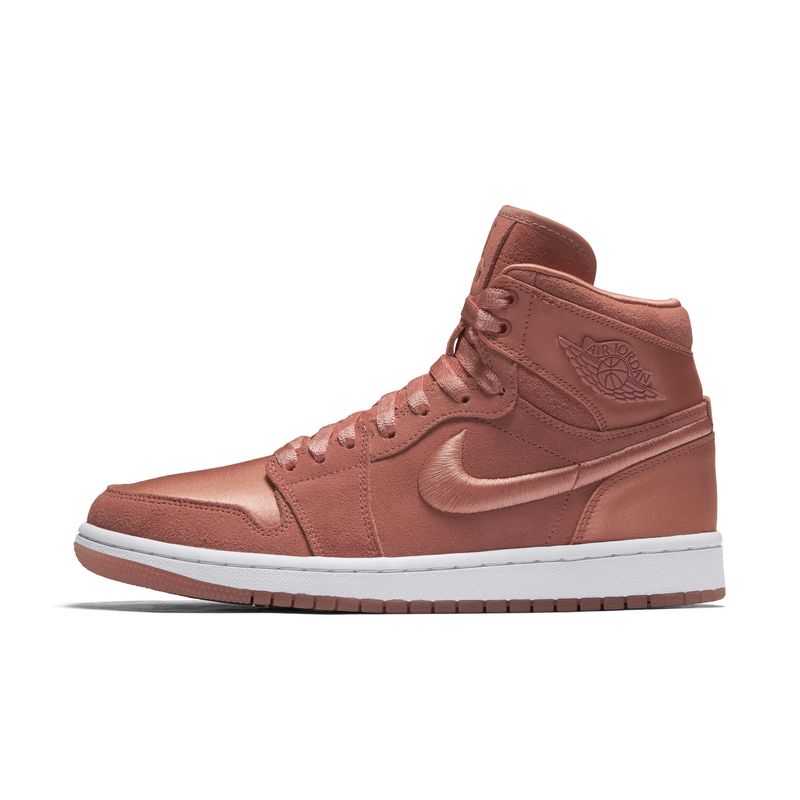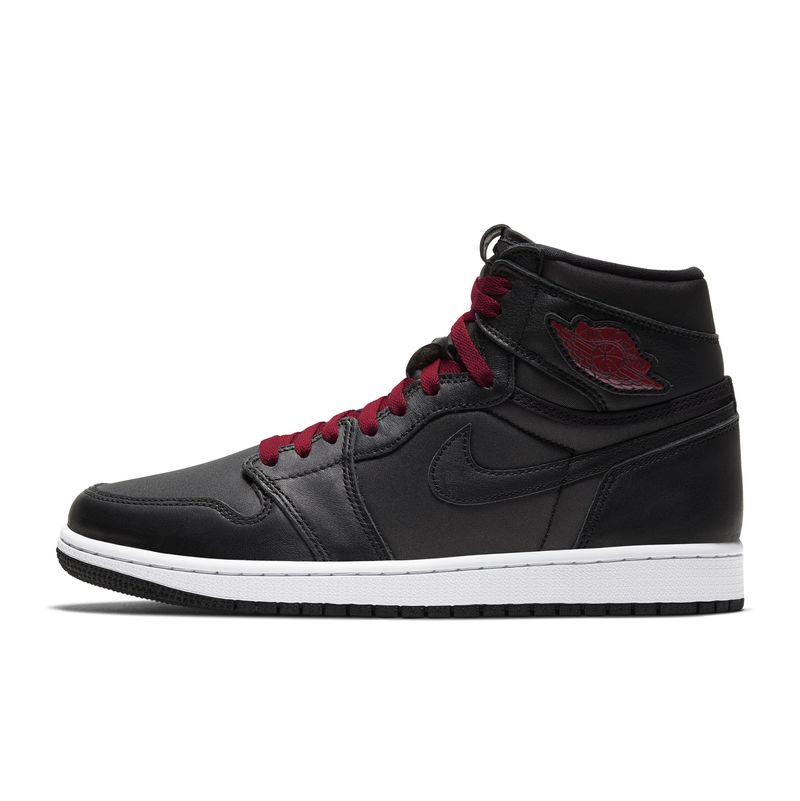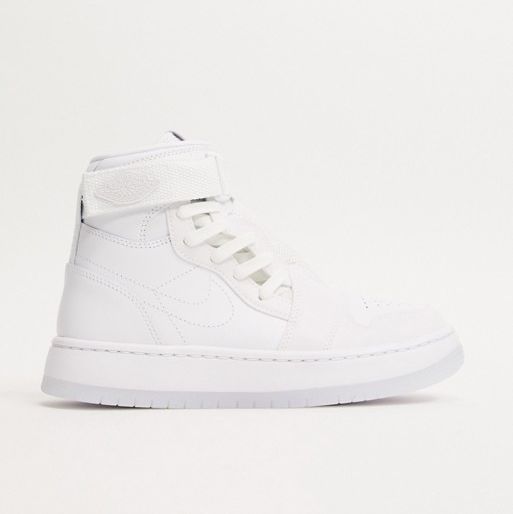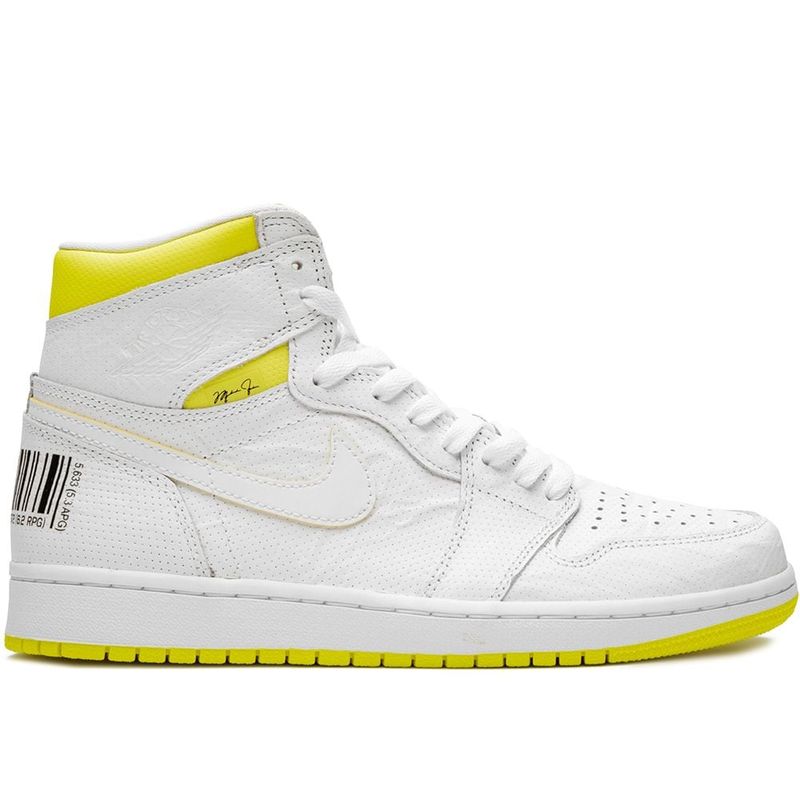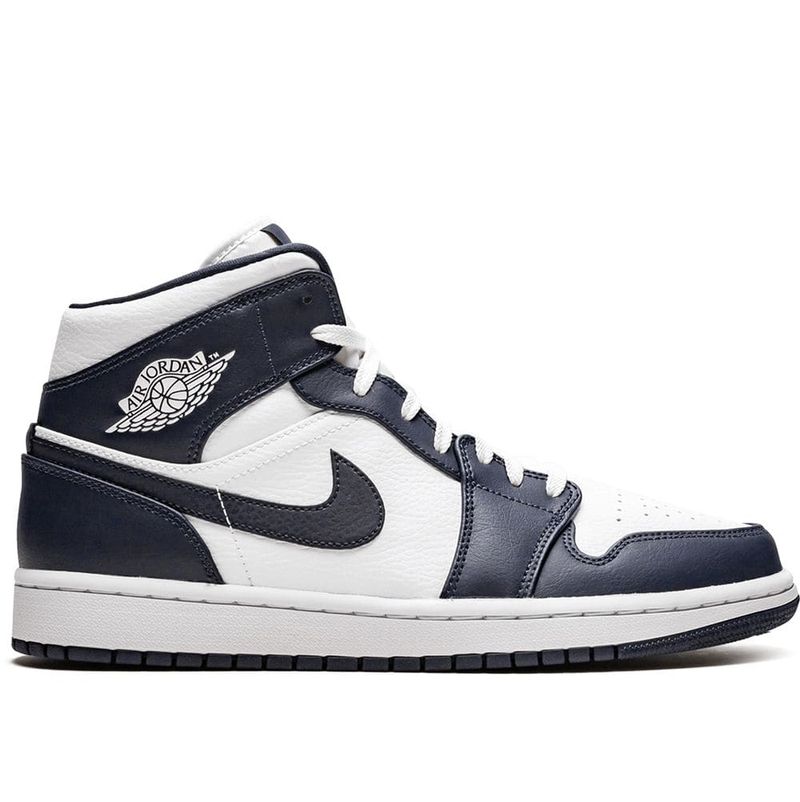The Story Behind Michael Jordan's Air Jordans
Episode five of ESPN's 'The Last Dance' delves into the history of Michael Jordan's Air Jordan, some of the most famous footwear in history.

If you haven't been watching The Last Dance, ESPN's 10-part docuseries about Michael Jordan's career with the Chicago Bulls, well, you're missing out. Even as a non-sports fanatic (I'd consider myself a dabbler), I've thoroughly enjoyed learning more about the iconic athlete, his storied career, and, of course, his famous Nike sneakers. Episode five delves into the history of the Air Jordan, some of the most famous footwear in history.
How the Air Jordan Was Created
The shoe was born after a deal signed in 1984. At that time, Converse was the official shoe of the NBA. The company told him they couldn't put Jordan above the other athletes they sponsored, which included players like Larry Bird and Magic Johnson, so Jordan decided against partnering with them. His favorite shoe at the time was actually Adidas, but the brand told him they just couldn't make a shoe work at that time. Jordan's agent, David Falk, wanted him to go with Nike, which at the time was known more for track shoes, but Jordan wasn't interested. So Falk, appealed to Jordan's mother, Deloris. "My mother said, 'You're going to go listen, you may not like it, but you're going to go listen,'" Jordan remembers. Nike offered him a great deal, one that was unheard of for a rookie, and his father said he'd have to be a fool not to take it. So Jordan did.
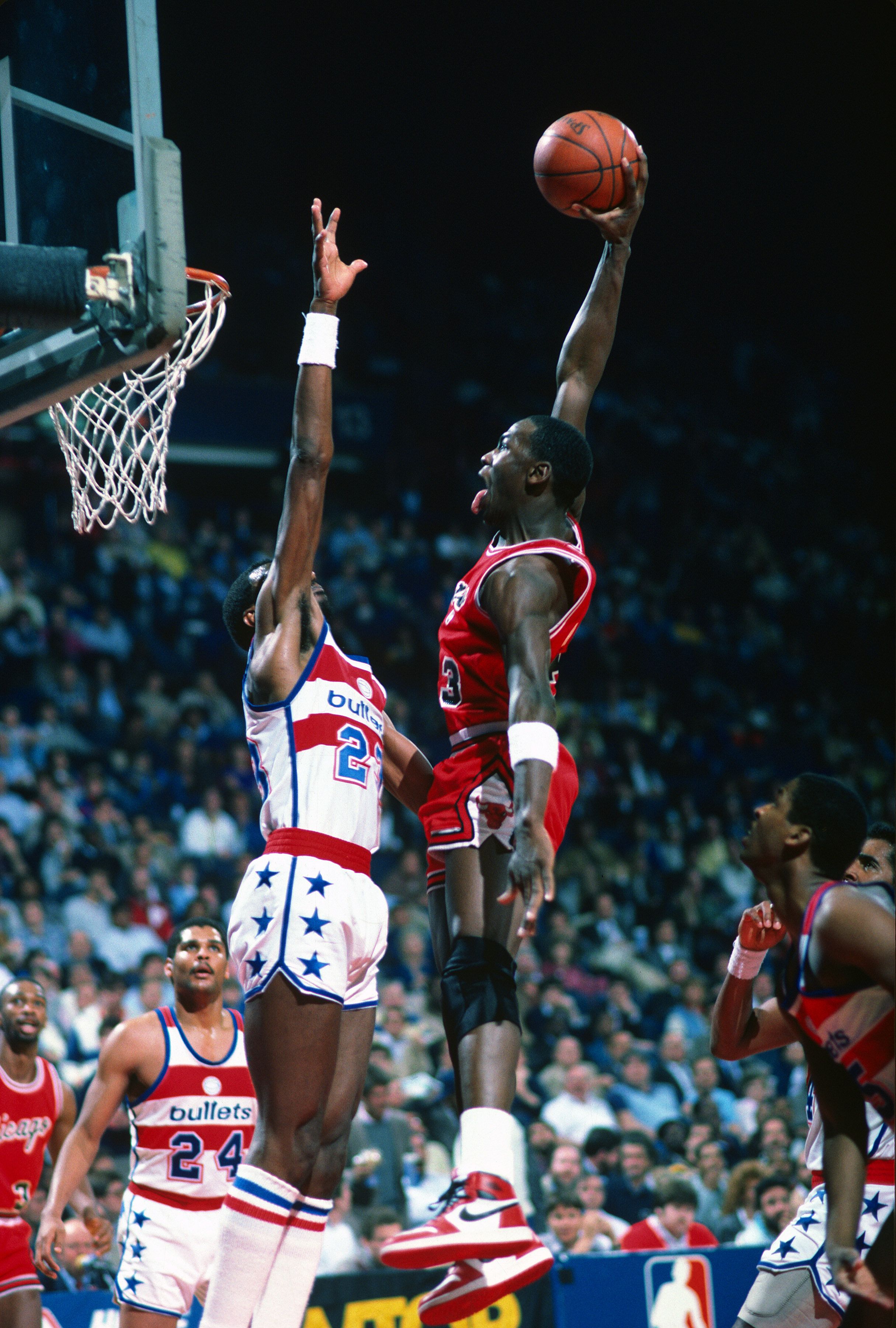
Michael Jordan playing against the Washington Bullets, wearing Air Jordans, in 1985.
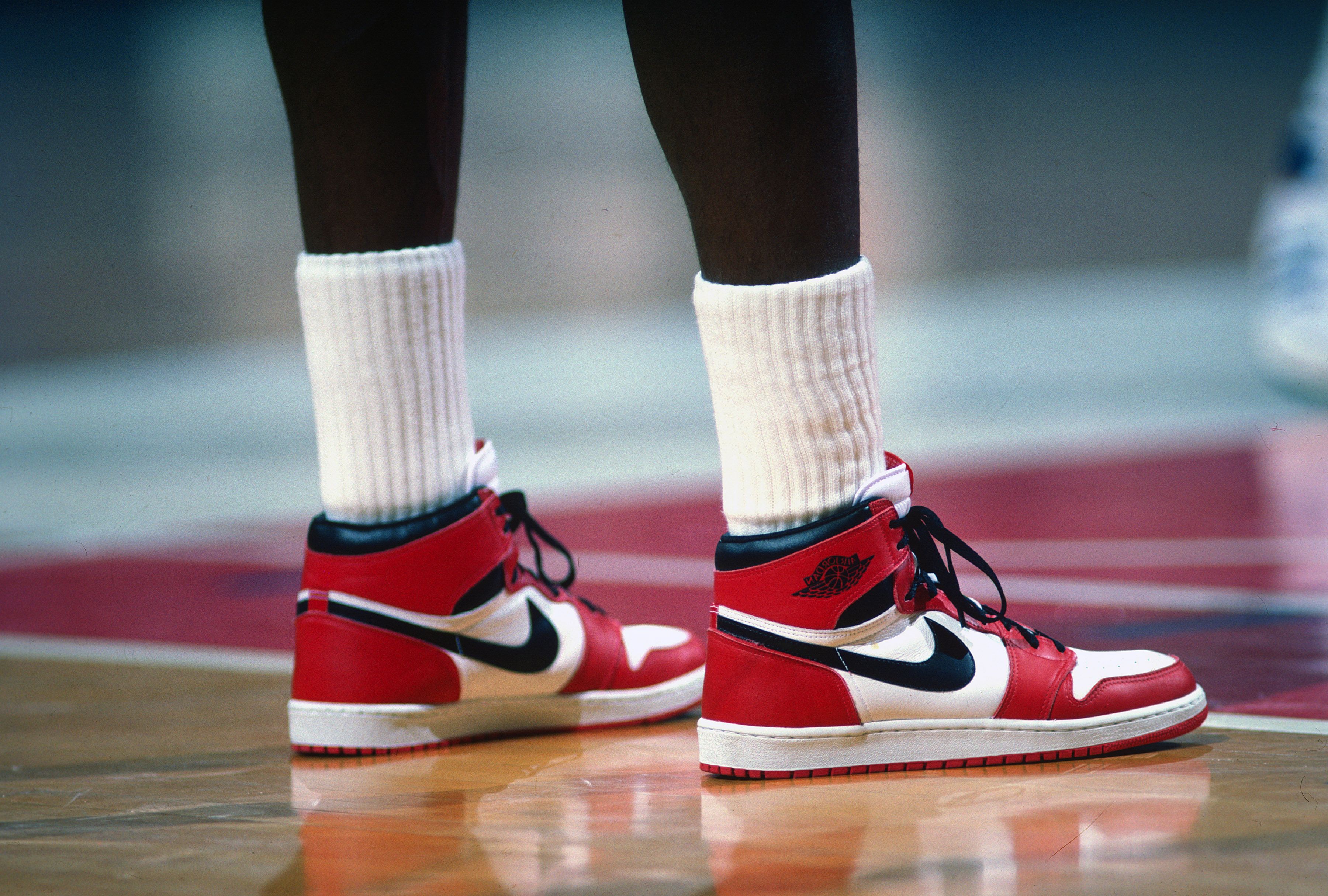
Michael Jordan’s first Air Jordans.
How the Air Jordan Got Its Name
From there, it was all about getting Jordan his own shoe. "Nike had just come out with this new technology for their running shoes called air soles," says Falk. "And obviously Michael played in the air, so I said, 'I got it, we're going to call it Air Jordan.'"
"Nike's expectation when we signed the deal was, at the end of year four, they hoped to sell $3 million worth of Air Jordans," Falk recalls. "In year one, we sold $126 million."
PS. Don't forget to grab a Converse promo code before you hit checkout.
How the Air Jordan Became Iconic
As legend has it, the NBA actually banned the first iteration of Michael's Jordans, stating they violated the league's rule that a sneaker must be mostly white and reflect the colors of the team's jersey. Jordan was reportedly fined $5,000 for every game he wore the banned Air Jordan 1 sneakers, and Nike paid the fines, happy to capitalize on the publicity.
But, when it comes to Air Jordans' popularity, the rest is history. The shoe became a must-have status symbol of the late '80s and '90s—and it's still a street style staple today. "For a kid, it was almost like owning a light saber, from Star Wars," rapper Nas explains in the documentary. "You needed that shoe to be like him. It was more than a status symbol—you knew that this guy was the guy." Jordans made sneakers part of pop culture.
Get exclusive access to fashion and beauty trends, hot-off-the-press celebrity news, and more.
The Legacy of the Jordan 1
For his last game playing at Madison Square Garden as a Bull, Jordan chose to wear his Jordan 1s, the first shoe he wore to play at MSG, his favorite place to play, he says in the documentary. Of course, it didn't quite go as he had hoped—"by halftime, my feet are bleeding," Jordan says in the doc, admitting that "innovation has taken a long turn"—but he stuck through it.
The Air Jordan has now seen numerous iterations, but the Air Jordan 1 remains iconic, which is why the original version is still being produced today. And after watching The Last Dance, I've officially been influenced into investing in a pair of Jordans of my own.
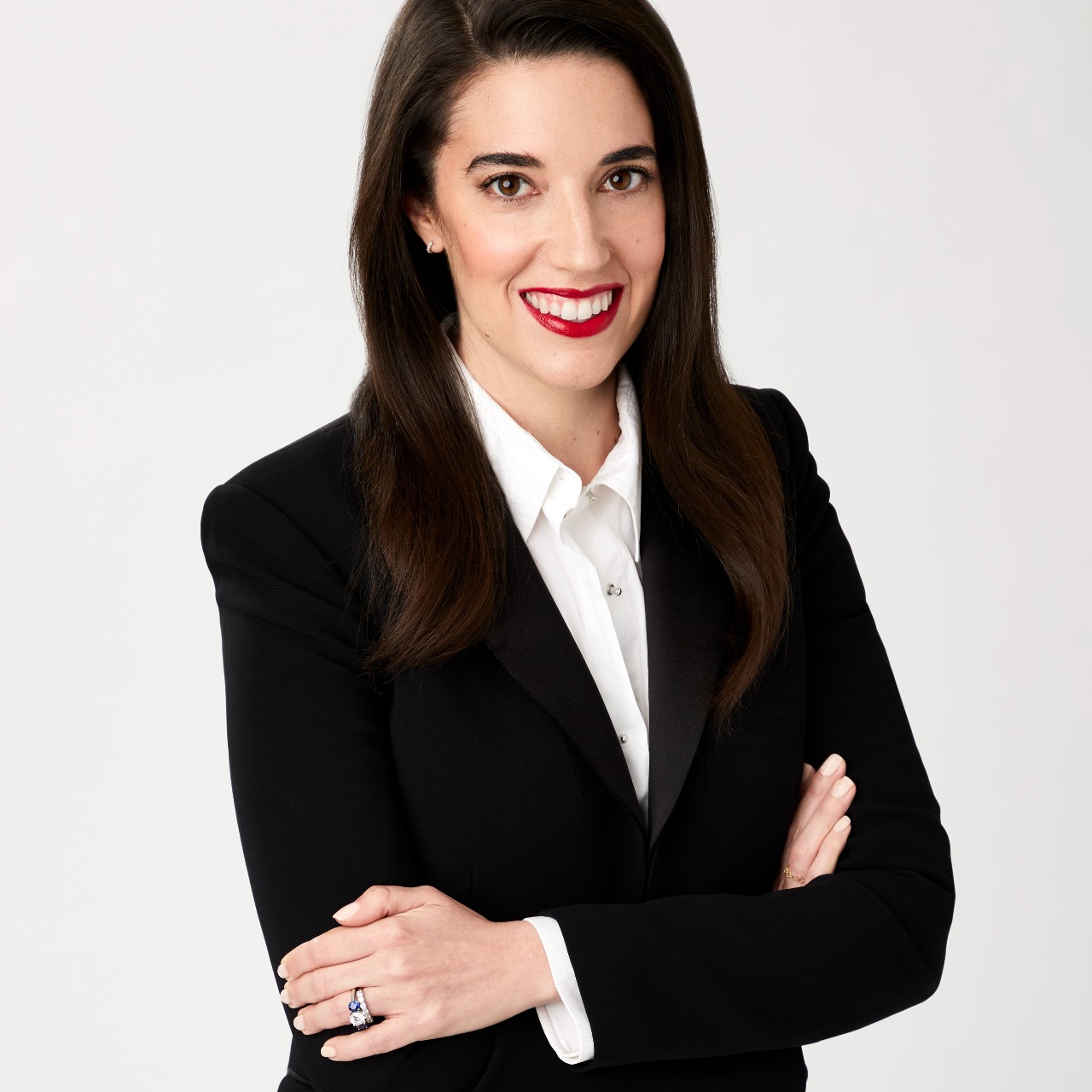
Sally is the Editor in Chief of Marie Claire where she oversees coverage of all the things the Marie Claire reader wants to know about, including politics, beauty, fashion, and celebs. Holmes has been with Marie Claire for five years, overseeing all content for the brand’s website and social platforms. She joined Marie Claire from ELLE.com, where she worked for four years, first as Senior Editor running all news content and finally as Executive Editor. Before that, Sally was at NYMag.com's the Cut and graduated with an English major from Boston College.


